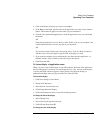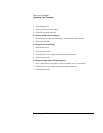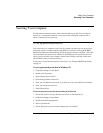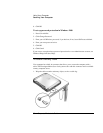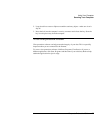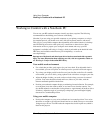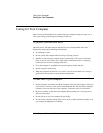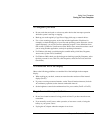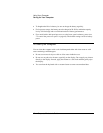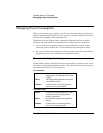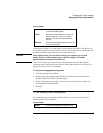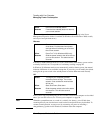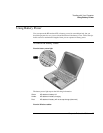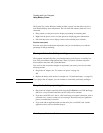
Using Your Computer
Caring for Your Computer
Corporate Evaluator’s Guide 41
To safeguard your data
• Do not touch the touch pad or activate any other device that interrupts operation
while the system is starting or stopping.
• Back up your work regularly. Copy files to floppy disk, tape, or network drives.
• Use a virus-scanning program, such as the included application (VirusScan, for
example), to check the integrity of your files and operating system. Since new viruses
appear frequently, you will also want to update the program’s virus definitions from
time to time. Updates for VirusScan are on the Web at www.networkassociates.com; if
you are using another application, see help for updating information.
• For Windows 98, check your disk using the scandisk utility (click Start, Programs,
Accessories, System Tools, ScanDisk).
• For Windows 2000, check your disk using error-checking (open My Computer, select
the disk you want to scan, click File, click Properties, select the Tools tab, and click
Check Now).
To extend the life of the display
Observe the following guidelines to extend the life of the backlight in the computer
display.
• When working at your desk, connect an external monitor and turn off the internal
display (Fn+F5).
• If you are not using an external monitor, set the Turn off monitor timeouts (for both
AC and battery operation) to the shortest comfortable interval.
• Set the brightness control to the minimum level for your comfort (Fn+F1 or Fn+F2).
To get the most from your batteries
• Do not leave batteries unused for long periods of time. If you have more than one,
rotate them.
• If you normally use AC power, make a practice, at least once a week, of using the
battery as your power source.
• Unplug the AC adapter when the computer is not in use.



